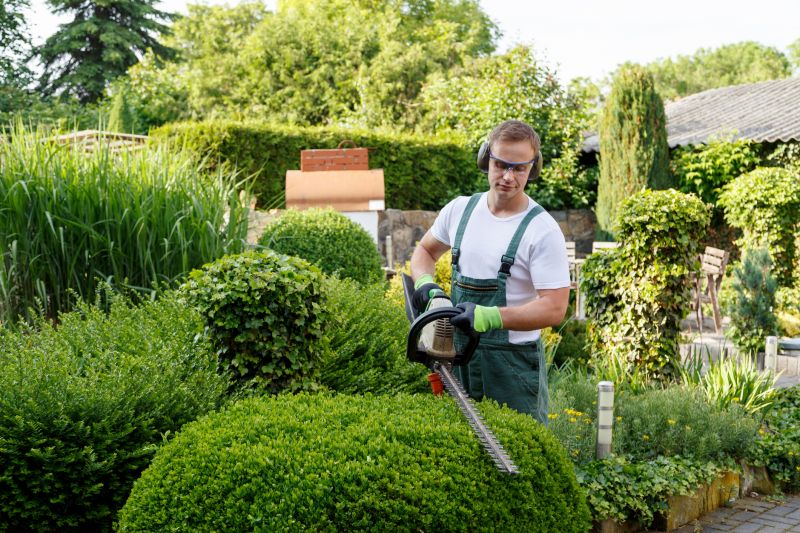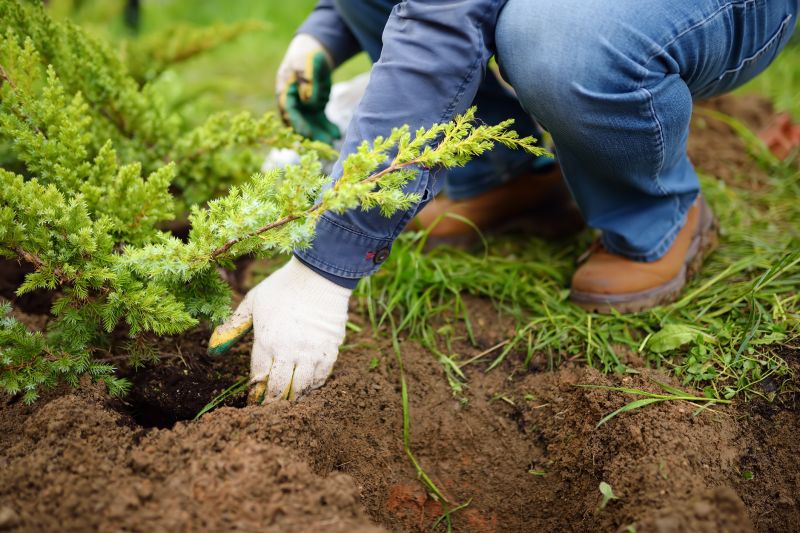Timing Strategies for Bush Installations
Spring offers moderate temperatures and increased rainfall, promoting healthy root development and establishment.
Summer installations require extra care due to higher temperatures and potential drought conditions, making early morning or late evening work preferable.
Fall provides cooler weather and increased moisture, which can help bushes settle before winter dormancy.
Winter is generally unsuitable due to freezing temperatures and frozen soil, which hinder planting and root growth.

Ways to make Bush Installations work in tight or awkward layouts.

Popular materials for Bush Installations and why they hold up over time.

Simple add-ons that improve Bush Installations without blowing the budget.

High-end options that actually feel worth it for Bush Installations.

Finishes and colors that play nicely with Bush Installations.

Little measurements that prevent headaches on Bush Installations day.
Bush installations involve planting shrubs in a manner that promotes healthy growth and long-term stability. Proper timing ensures that bushes establish strong root systems and adapt well to their environment. The choice of season impacts soil conditions, weather patterns, and plant health, making the timing a critical factor for success.

A 60-second routine that keeps Bush Installations looking new.

A frequent mistake in Bush Installations and how to dodge it.

Small tweaks to make Bush Installations safer and easier to use.

Lower-waste or water-saving choices for Bush Installations.
| Season | Best Practices |
|---|---|
| Spring | Plant early in the season for optimal root development and establishment. |
| Summer | Limit to early morning or late evening planting; ensure adequate watering. |
| Fall | Plant before the first frost for better winter hardiness. |
| Winter | Generally not recommended due to soil and weather conditions. |
| Soil Conditions | Ensure soil is moist and temperature is suitable for planting. |
